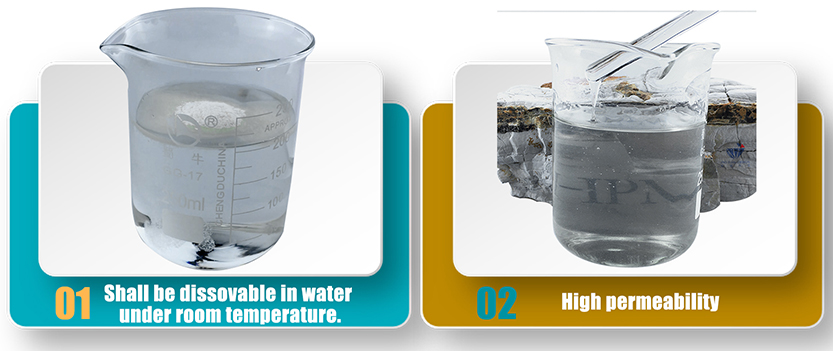
Nov . 20, 2024 12:12 Back to list
hydroxyethyl cellulose hec
Understanding Hydroxyethyl Cellulose (HEC) A Versatile Polymer
Hydroxyethyl cellulose (HEC) is a water-soluble polymer derived from cellulose, a naturally occurring polymer found in plant cell walls. As a modified version of cellulose, HEC exhibits unique properties that make it a valuable ingredient across a variety of industries, including pharmaceuticals, cosmetics, food, and construction.
Chemical Structure and Properties
The chemical structure of HEC involves the ethylene oxide reaction with cellulose, resulting in hydroxyethyl groups attached to the glucose units of the cellulose chain. This modification enhances the solubility of the polymer in cold water, making it an ideal additive for various formulations. HEC is non-toxic and biodegradable, aligning with the growing demand for eco-friendly substances in product development.
One of the most significant properties of HEC is its ability to form gels and viscous solutions. The viscosity of an HEC solution can be tailored by adjusting the concentration of the polymer and the degree of substitution, which involves controlling the amount of hydroxyethyl groups introduced into the cellulose backbone. This feature allows manufacturers to create products with specific textural properties, enhancing the functionality and stability of various formulations.
Applications in Various Industries
hydroxyethyl cellulose hec

In the pharmaceutical industry, HEC serves as a thickening agent, binder, and controlled-release agent in tablet formulations and suspensions. Its ability to retain moisture makes it a valuable ingredient in ointments and creams, helping to stabilize the product while providing a smooth texture. The biocompatibility of HEC further supports its application in medicinal products, ensuring safety for users.
In the cosmetics sector, HEC is utilized in skincare and haircare products. It is often found in lotions, shampoos, and conditioners due to its moisturizing properties and ability to enhance the spreadability of formulations. By forming a film on the skin or hair, HEC helps to retain moisture and provide a silky feel, improving the overall user experience.
In the food industry, HEC acts as a thickener, stabilizer, and emulsifier. It helps to improve the texture of sauces, dressings, and dairy products while providing a glossy appearance. Its use in gluten-free products has also gained traction, helping to mimic the texture of traditional baked goods.
The construction industry has also taken advantage of HEC. It is used in cement-based formulations, which benefit from its ability to improve workability and water retention. This property is crucial for ensuring that wall coatings and concrete mixtures have the right consistency and can achieve optimal bonding.
Conclusion
Hydroxyethyl cellulose is a versatile polymer that has found significant utility across multiple sectors due to its unique properties and safety profile. As industries continue to seek sustainable and effective solutions, HEC is likely to remain a staple ingredient in developing innovative products that meet consumer expectations for quality and performance. With ongoing research and advancements in polymer technology, the potential applications of HEC are poised for further expansion in the future.
-
Versatile Hpmc Uses in Different Industries
NewsJun.19,2025
-
Redispersible Powder's Role in Enhancing Durability of Construction Products
NewsJun.19,2025
-
Hydroxyethyl Cellulose Applications Driving Green Industrial Processes
NewsJun.19,2025
-
Exploring Different Redispersible Polymer Powder
NewsJun.19,2025
-
Choosing the Right Mortar Bonding Agent
NewsJun.19,2025
-
Applications and Significance of China Hpmc in Modern Industries
NewsJun.19,2025







